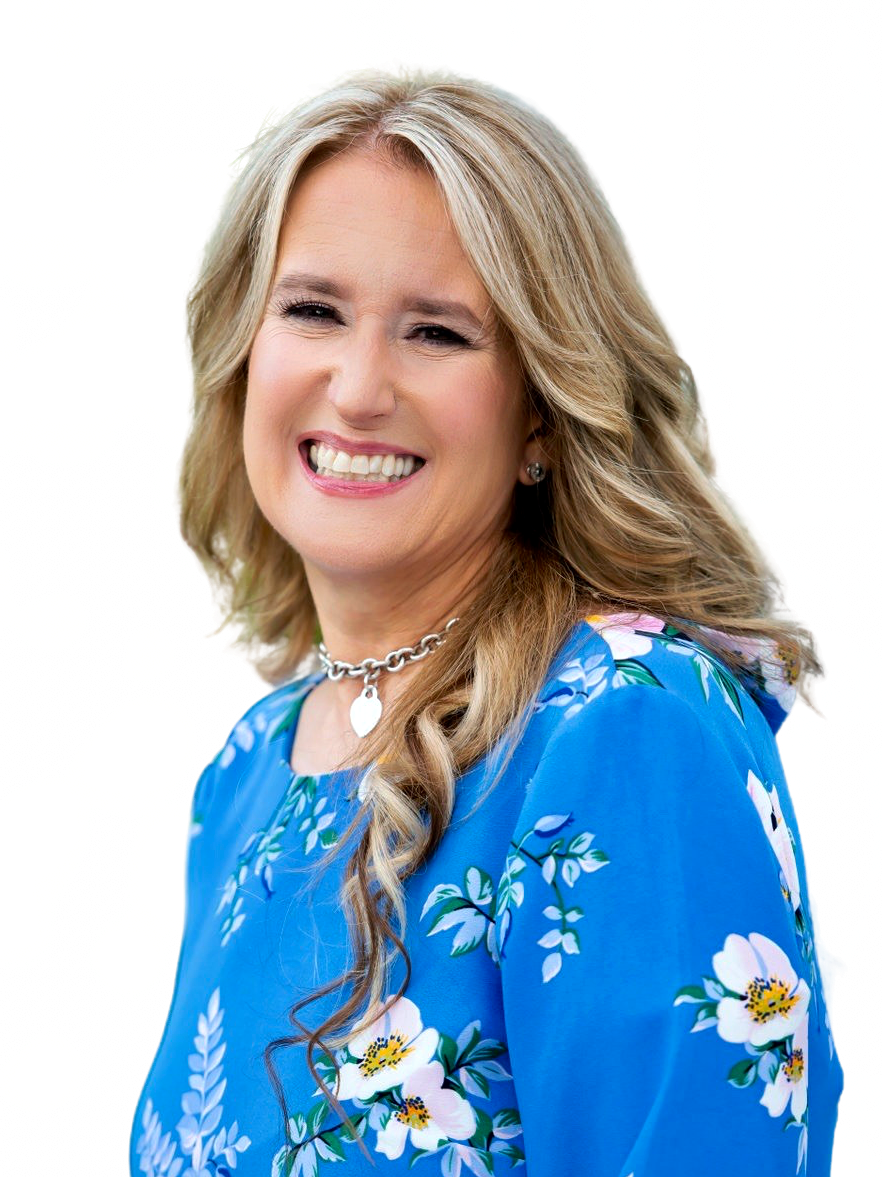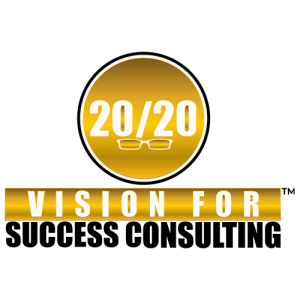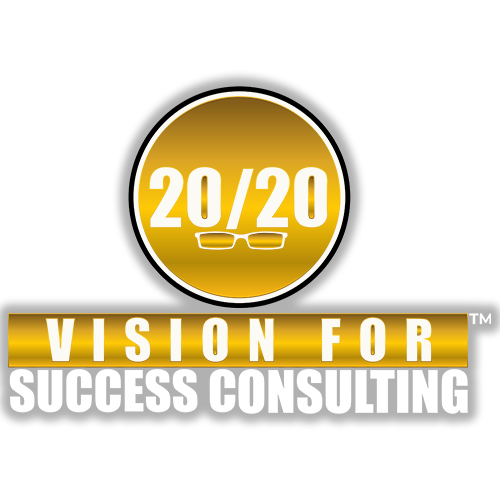Laura Brandao's
Consulting Services


Operations, Sales, Public Speaking
& Company Culture
Consulting Approach/Style:
We can have unique superpowers and there are no limits to potential. Join Laura as she shows you how to dream big and execute your vision by implementing OKRs (Objectives & Key Results). Laura is a 25-year mortgage veteran who started as a part-time telemarketer and created her own opportunities that have brought her to becoming the President and Parter of AFR and the Chair of the Women with Vision Board of Directors. Laura will disrupt you to dream bigger and be there to support and celebrate your wins!
Overview
First Module: Review of Your Mortgage Operation
- Review of Your Mortgage Operation provides you with a forensic view of your overall operation. This course will illuminate areas of strengths and weaknesses specific to your operation and provide you with strategies to maximize what is working and remedy what is not.
- This course duration: 1 month
- Pricing: $10,000.
| I. Introduction | II. Assessment Scope |
|
1. Operational Processes
2. Compliance and Regulations
3. Technology and Systems
4. Human Resources and Training
|
| III. Data Gathering | IV. Analysis and Evaluation |
|
1. Strengths and Best Practices
2. Weaknesses and Areas of Improvement
|
| V. Recommendations | VI. Implementation Strategy |
|
1. Operational Enhancements
2. Technology and System Upgrades
3. Human Resource Strategies
4. Financial Strategies
|
|
| VII. Follow Up and Continuous Monitoring | VIII. Conclusion |
|
|
Second Module: Mortgage Sales Department
- Mortgage Sales Department provides you with a road map to take your sales program to the next level. This course will illuminate areas of strengths and weaknesses specific to your operation and provide you with strategies to maximize what is working and remedy what is not.
- This course duration: 3 weeks
- Pricing: $7,000
| I. Introduction | II. Initial Assessment |
|
1. Current Sales Structure
2. Sales Metrics and Performance
3. Current Sales Process and Strategy
4. Tools and Technology
|
| III. Market Analysis | IV. Strengths and Weaknesses Evaluation |
|
1. Competitor Benchmarking
2. Target Audience Analysis
|
1. Internal SWOT Analysis
2. Feedback Gathering
|
| V. Strategy Development | VI. Implementation and Execution |
|
1. Sales Process Refinement
2. Training and Development
3. Lead Generation Strategy
4. Technology and Tools
|
1. Rollout Plan
2. Feedback Loops
3. Performance Metrics and KPIs
|
| VII. Monitoring and Continuous Improvement | VIII. Reporting and Feedback to Management |
|
1. Regular Performance Reviews
2. Feedback and Adjustments
3. Ongoing Training and Development
|
|
Third Module: Becoming a Powerful Speaker
- Becoming a Powerful Speaker provides you with the “makeover” you need to arrive poised, polished, confident and respected as you command the attention of your target audiences.
- This course duration: 2 weeks
- Pricing: $5,000
| I. Introduction | II. Self-Assessment and Initial Evaluation |
|
1. Current Skill Level Determination
2. Identifying Strengths and Weaknesses
|
| III. Foundational Principles of Public Speaking | IV. Vocal Mastery |
|
1. Understanding the Audience
2. Crafting the Message
3. The Role of Authenticity
|
1. Tone and Modulation
2. Pace and Rhythm
3. Pronunciation and Articulation
|
| V. Non-Verbal Communication | VI. Managing Anxiety and Stage Fright |
|
1. Body Language and Posture
2. Facial Expressions
3. Gestures and Movements
|
1. Recognizing and Understanding Fear
2. Techniques to Overcome Fear
3. Preparation Strategies
|
| VII. Leveraging Technology and Visual Aids | VIII. Feedback and Continuous Improvement |
2. Engaging Audience with Interactive Tools
3. Avoiding Technical Glitches
|
1. Soliciting Constructive Feedback
2. Self-evaluation Techniques
3. Setting Goals and Benchmarks
|
| VIIII. Advanced Techniques and Styles | |
|
1. Adapting to Different Formats and Venues
2. Engaging Difficult or Hostile Audiences Handling interruptions, difficult questions, or challenges |
|
Fourth Module: Creating a Great Company Culture
- Creating a Great Company Culture provides you with an overview of what it takes to develop and retain loyal employees. This course will illuminate areas of strengths and weaknesses specific to your operation and provide you with strategies to maximize what is working and remedy what is not.
- This course duration: 3 weeks
- Pricing: $7,000
| I. Introduction | II. Assessment of Current Culture |
|
1. Surveying Employees
2. Company Culture Audit
3. SWOT Analysis
|
| III. Vision, Mission, and Core Values | IV. Leadership’s Role in Cultivating Culture |
|
1. Establishing/Revisiting Vision and Mission
2. Defining Core Values
|
1. Training and Development
2. Open Communication Channels
|
| V. Employee Engagement and Inclusion | VI. Physical and Virtual Work Environments |
|
1. Teambuilding Initiatives
2. Diversity and Inclusion Efforts
3. Feedback Mechanisms
|
1. Workspace Design
2. Remote Work Policies
3. Tools and Platforms
|
| VII. Learning and Development | VIII. Recognition and Reward Systems |
|
1. Continuous Learning Opportunities
2. Cultural Onboarding
|
1. Performance based Rewards
2. Employee Milestone Celebrations
|
| VIIII. Transparent Communication | X. Change Management and Evolution |
|
1. Open-door Policy Advocacy
2. Regular Check-ins and Updates
|
1. Regular Review of Company Culture
2. Crisis Management Training
|
| XI. Implementation and Monitoring | XII. Conclusion and Future Directions |
|
1. Rollout Strategy
2. Monitoring Tools
3. Iterative Improvements
|
|
